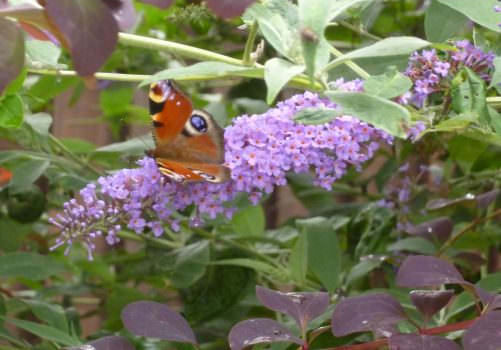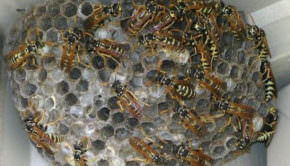Insect of the Month: The Butterfly
THE BIODIVERSITY GROUP
Insect of the Month – The Butterfly
Butterflies are known scientifically as Lepidoptera (meaning scaly wings), because their wings are covered with thousands of tiny, overlapping scales. About 58 species breed in Britain plus a few migrants. A butterfly starts life as an egg. A female butterfly lands on different plants and drums the leaves with her feet to make the plant release its juices. Spines on the back of her legs have chemoreceptors that tell her whether it is the right leaf for her caterpillars as each type of caterpillar eats different leaves. When the egg hatches the caterpillar will start to eat and as their exoskeleton (skin) does not expand they shed it several times. Some plants are toxic and caterpillars are able to set apart the toxic substances and retain them into the adult stage making the adult unpalatable for birds. Once it has reached its full size and weight it forms itself into a chrysalis producing strands of silk from glands near its mouth and wrapping it around its body. Depending on the species and time of year this stage can last a few days to many months or even over the winter emerging as an adult in the spring. One of the first jobs a newly emerged butterfly must do is to make sure its mouth parts (proboscis) work. It is in 2 pieces and by curling and uncurling it, it works the pieces together forming a channel through which food can be sucked up. It lives on a liquid diet usually nectar but some will also feed on tree sap, dung, pollen, or rotting fruit. It cannot live on this alone though so it also goes ‘puddling’ i.e. sipping from mud puddles which are rich in minerals and salts. During the winter some butterflies such as the brimstone, peacock and small tortoiseshell hibernate, while others survive as eggs, caterpillars or chrysalis. Some butterflies such as the painted lady migrate south flying at altitudes of around 500 – 1000 metres and reaching speeds of 30mph by selecting favourable conditions. They travel from as far north as the Arctic Circle to tropical Africa (a 9000 mile round trip) not as an individual but as successive generations. So the butterfly that arrives in Africa is several generations removed from the one that left the previous spring. The red admiral also migrates but only from Europe although there is evidence that some have started over wintering in the far south of England.
Did You Know?
• Butterflies are short sighted – up to 10 – 12 feet. They can see red, green and yellow but also a range of
ultra violet colours which helps them locate flowers which also have ultra violet markings.
• Some butterflies have ultraviolet markings on their wings to help them find a partner.
• The fastest butterflies are skippers which can fly at 37mph, but most butterflies fly at 5-12mph.
• A group of butterflies is called a flutter.
• The brimstone butterfly has the longest lifetime of adult butterflies approx. 9 – 10 months.
• Butterflies have been around for at least 130 million years.
• Female butterflies are usually bigger and live longer than males.
• Females mate just once storing the sperm until ready to lay their eggs whereas the males mate
several times. On average only 2 out of 100 eggs laid will survive to reproduce as butterflies.
• A butterfly’s sense of taste is 200 times stronger than a humans.


